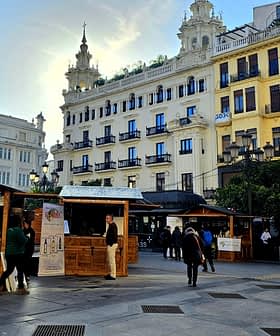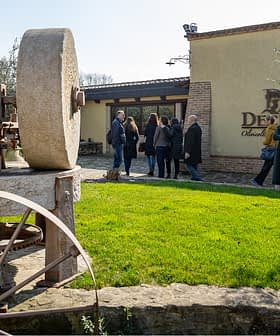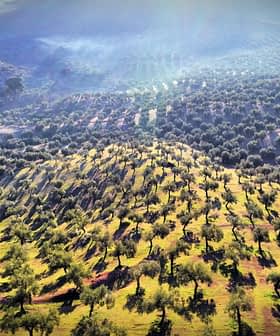A land of grapes, olives and tragic beauty, Basilicata is one of the smallest regions of Italy and its olive oil is not as well known as some others.
In the middle of the Mezzogiorno, this region has a perfect climate for olive growing. The most common varieties of olives here are: Ogliarola del Vulture, Ogliarola del Bradano, Majatica di Ferrandina and Farasana.
While only Ogliarola del Vulture has the PDO designation, all of the local varieties produce oils prized for their well-balanced and fruity taste.
Many of the groves in Basilicata are over hills difficult to access and to harvest. In general olive oil production is less organized — a far cry from the modern systems found in surrounding regions, like Puglia or Calabria.
This fragmentation of production is discouraging investments in the sector. Half of the olive oil mills here still use presses, often mixing olives of widely varying condition.
These factors are making it difficult for Basilicata’s olive oil to stand out. With 90 percent of its production extra-virgin, and mostly from organic agriculture, Basilicata oils are still typically sold unbranded and hardly any (3 percent) is exported.
Nevertheless Lucani, as people from Basilicata are called in Italian, are encouraged because new opportunities are coming soon. Matera has recently been named 2019 European Capital of Culture — a high-profile opportunity to raise the awareness of Basilicata’s olive oil potential.
Meanwhile, next week, the mayor of Matera will meet Siena’s mayor, in the Tuscan city, at the national assembly of the association of olive oil municipalities, Città dell’Olio, to tighten the partnership between these cities in the name of the olive and extra-virgin olive oil.
Producers are preparing for these events, ready to add value to the liquid gold coming from this wild land that in the past gave inspiration to great artists including Pasolini and Carlo Levi.








